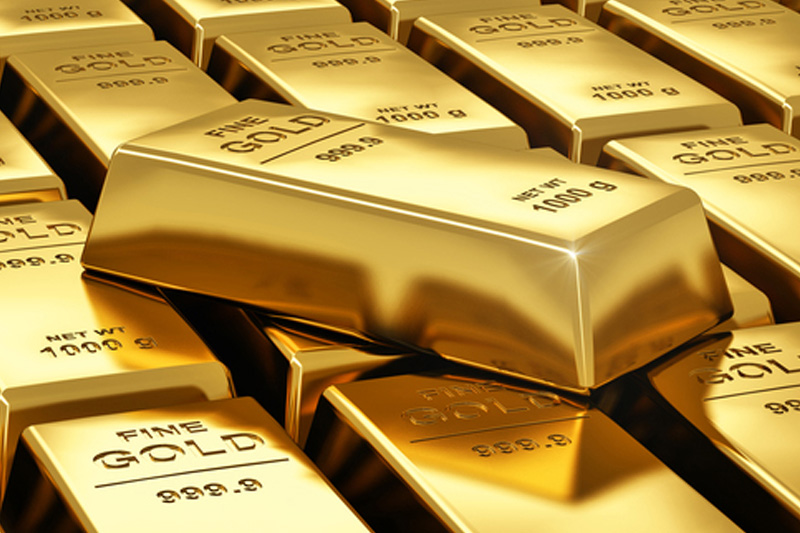Investing.com - Gold traded at the lowest level in more than three months on Wednesday, as the U.S. dollar rallied amid expectations for higher interest rates in the U.S. as early as June.
On the Comex division of the New York Mercantile Exchange, gold futures for April delivery dipped $1.50, or 0.13%, to trade at $1,158.60 a troy ounce during U.S. morning hours.
Prices held in a tight range between $1,155.80 and $1,164.30. A day earlier, gold fell to $1,153.80, a level not seen since December 1, before settling at $1,160.10, down $6.40, or 0.55%.
Futures were likely to find support at $1,141.70, the low from December 1, and resistance at $1,174.40, the high from March 9.
Meanwhile, silver futures for May delivery shed 5.1 cents, or 0.33%, to trade at $15.58 a troy ounce after hitting an intraday low of $15.51, also the weakest level since December 1.
The U.S. dollar index, which measures the greenback’s strength against a trade-weighted basket of six major currencies, hit 99.50 on Wednesday, the most since April 2003, and was last at 99.35, up 0.75%.
Dollar strength usually weighs on gold, as it dampens the metal's appeal as an alternative asset and makes dollar-priced commodities more expensive for holders of other currencies.
The dollar remained broadly supported after the latest U.S. jobs report heightened expectations for higher interest rates.
The Federal Reserve is expected to begin raising interest rates around the middle of this year and investors were looking ahead to next week’s policy statement to see if it would drop its reference to being patient before raising rates.
Expectations of higher borrowing rates going forward is considered bearish for gold, as the precious metal struggles to compete with yield-bearing assets when rates are on the rise.
Meanwhile, the euro fell below the 1.06-level against the greenback for the first time since 2003, pressured lower by the diverging monetary policy stance between the Fed and the European Central Bank.
Elsewhere on the Comex, copper for May delivery ticked down 0.3 cents, or 0.11%, to trade at $2.621 a pound after data showed that China's factory output grew less than expected in the first two months of the year, adding to pressure on policymakers to introduce broad-based stimulus measures.
Data released earlier showed that industrial production in China rose at an annualized rate of 6.8% in the January-February period, missing estimates for a gain of 7.8% and the smallest increase since late 2008.
Fixed asset investment, which tracks construction activity, rose 13.9% in the first two months of the year, below forecasts for an increase of 15.0% and the slowest pace since 2001.
A separate report showed that retail sales rose 10.7%, trailing expectations for a gain of 11.7%.
A day earlier, copper tumbled 4.6 cents, or 1.74%, to settle at $2.624 after data showed that producer price deflation in China deepened in February.
The recent batch of weaker than expected data underlined concerns about China's economy and sparked speculation policymakers in Beijing will have to introduce further stimulus to boost growth and ward off deflation.
The Asian nation is the world’s largest copper consumer, accounting for almost 40% of world consumption last year.
